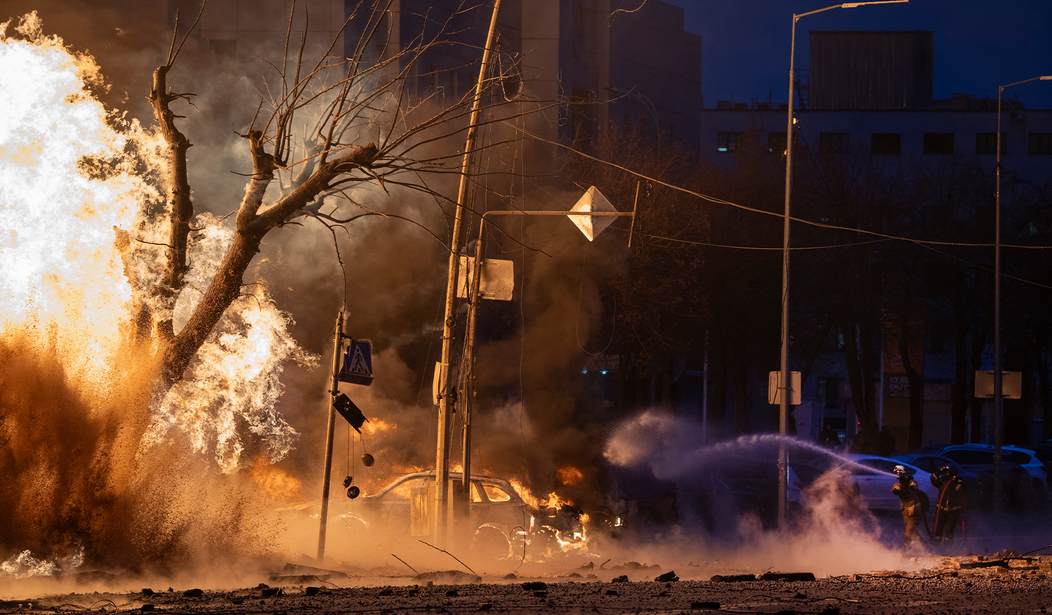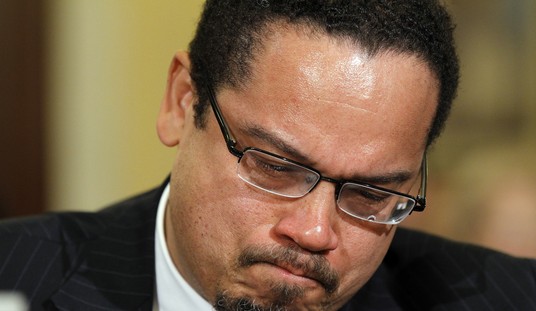It's more of a strategic signal than a tactical move, but Russia has upped the ante in the Ukraine conflict by using what Ukraine calls an ICBM, and US military officials characterize as an IRBM (Intermediate range ballistic missile).
The difference is mainly in size and range rather than capability. Both types are ballistic missiles capable of carrying nuclear warheads and carry MIRVs or multiple independently-targeted reentry vehicles. Both types of rockets move at hypersonic speeds, although neither qualifies for what we call hypersonic weapons today, as their trajectories are ballistic rather than maneuverable.
Our report on what we know and don't know at this time:
— Tyler Rogoway (@Aviation_Intel) November 21, 2024
Russia’s Unprecedented Ballistic Missile Attack On Ukraine: What We Know
Story: https://t.co/nx0kwjbd17
Obviously none of the warheads was a nuclear payload, and the reentry vehicles likely carried inert payloads typically used for testing purposes, unless Russia for some unknown reason decided to make specially prepared conventional munitions for a type of weapon for which they are not generally suited.
Another video of the ruSSian ICBM's multiple independently targetable reentry vehicles https://t.co/maEa5qFcQi pic.twitter.com/88fEGZHy1r
— 𝔗𝔥𝔢 𝕯𝔢𝔞𝔡 𝕯𝔦𝔰𝔱𝔯𝔦𝔠𝔱△ 🇬🇪🇺🇦🇺🇲🇬🇷 (@TheDeadDistrict) November 21, 2024
The videos of the event were very impressive, although, in practical terms, the strike was more like a very, very expensive and visually impressive artillery attack with six big shells. V-2 or Scud rockets might have done as much or more damage as one of these warheads, making this attack more a warning shot across the bow rather than a tactically important escalation.
In other words, more nuclear saber-rattling in response to the NATO escalation of approving the use of Western weapons on Russian territory. I, for one, prefer not to see nuclear saber-rattling when possible, even if the actual use of nuclear weapons seems unlikely any time soon. Risks are increasing despite there being no obvious benefit.
The impact site of one of the rods of the Russian ICBM RS-26 launched this morning at the city of Dnipro.
— Special Kherson Cat 🐈🇺🇦 (@bayraktar_1love) November 21, 2024
State Emergency Service of Ukraine regarding the damage caused by attack:
"In the morning, the enemy attacked Dnipro: 2 people were wounded
The building of the… https://t.co/8R8FX19eDf pic.twitter.com/kM6OrurJZ3
While nobody likes to see civilian areas bombed, the damage could be characterized as slight.
This is my best guess on the makeup of the warhead that was carried by the RS-26 "Rubezh" last night.
— OSINT (Uri Kikaski) 🇺🇸 🇨🇦 🇬🇧 🇺🇦 🇮🇱 (@UKikaski) November 21, 2024
I believe it contained 6 inert simulated warheads with the shape and weight of a nuclear warhead that are intended solely for testing of the system. To save money, the casings… pic.twitter.com/srrOx1bQwv
Supporters of Ukraine will no doubt dismiss this as little more than bluff and bluster from Putin, while playing up the fact that Putin is showing callous disregard for civilians.
They have a point.
But critics of the current strategy will point out that Putin is signaling a willingness to pursue a tit-for-tat response to escalations, and that his patience is running out. He is showing he has more tools in the toolbox, and might use them.
They have a point too.
Which brings us to the big questions: what exactly is the strategic goal, what price are we willing to pay to achieve it, what other threats are more or less important, and, of course, can we meet that goal and meet our other commitments?
The arguments that we must defeat Russia in Ukraine or Europe will be lost are absurd. Russia can't even defeat Ukraine; it surely cannot defeat NATO. So the stakes in Ukraine are moral and strategic signaling. Sticking with Ukraine may serve a moral purpose--defeating an aggressor--and may serve to signal resolve.
But a negotiated solution would be acceptable to the West strategically, and appear rational to our adversaries. So the question is how to balance the moral equation.
Opinions differ. I think we need to cut a good deal and be done with the matter. Lots of people are dying for little gain. The US is expending resources on a war with little strategic value to us when we face a much more important threat in the Pacific.
Trump is right: cut a deal.








Join the conversation as a VIP Member